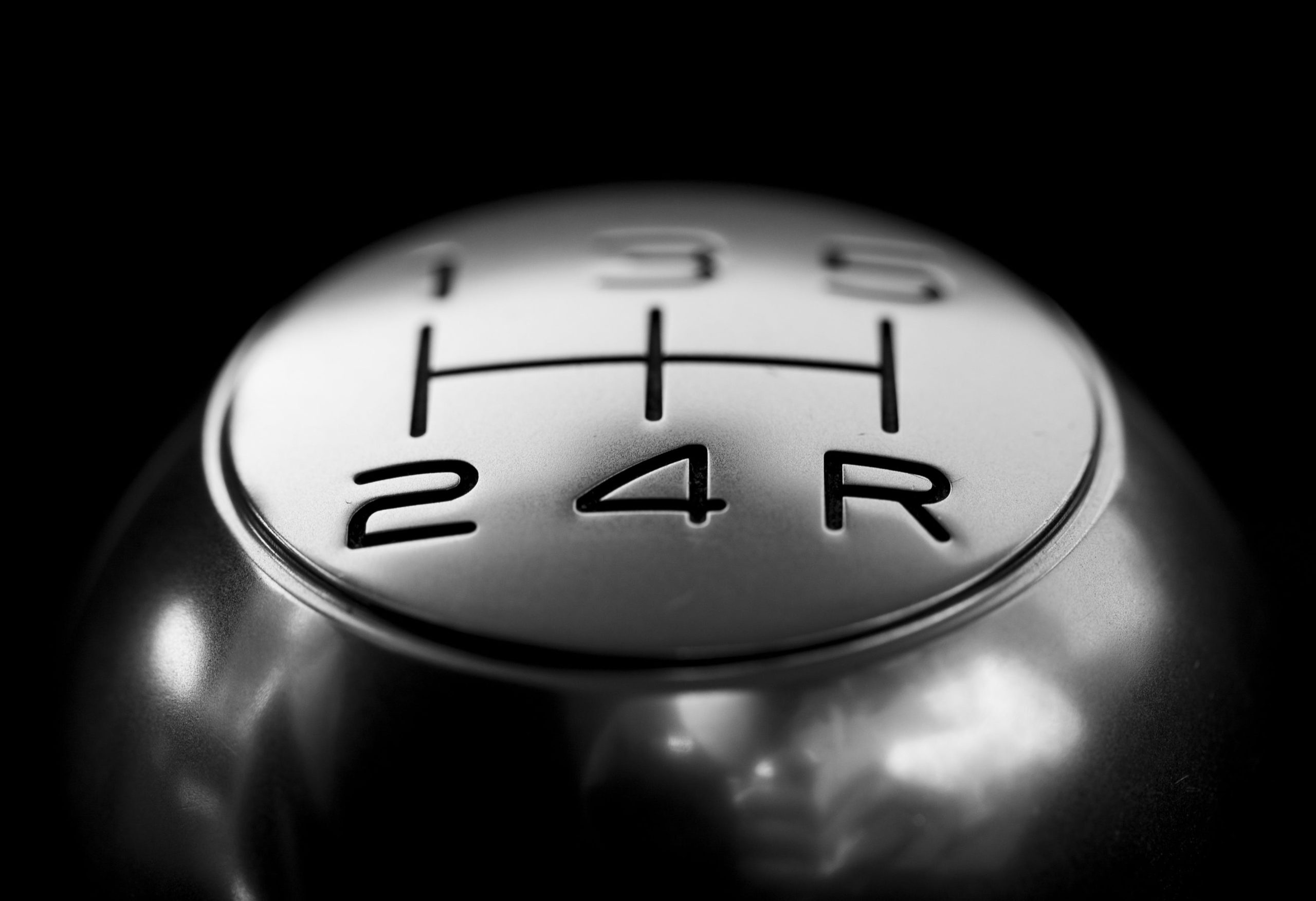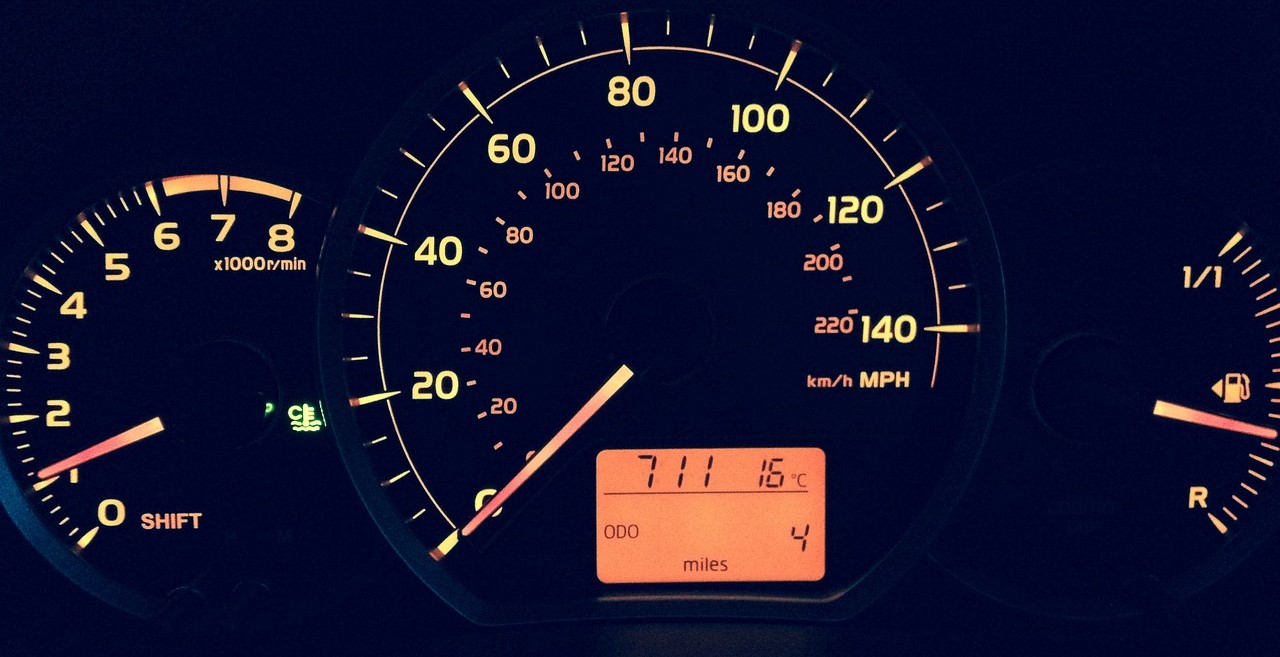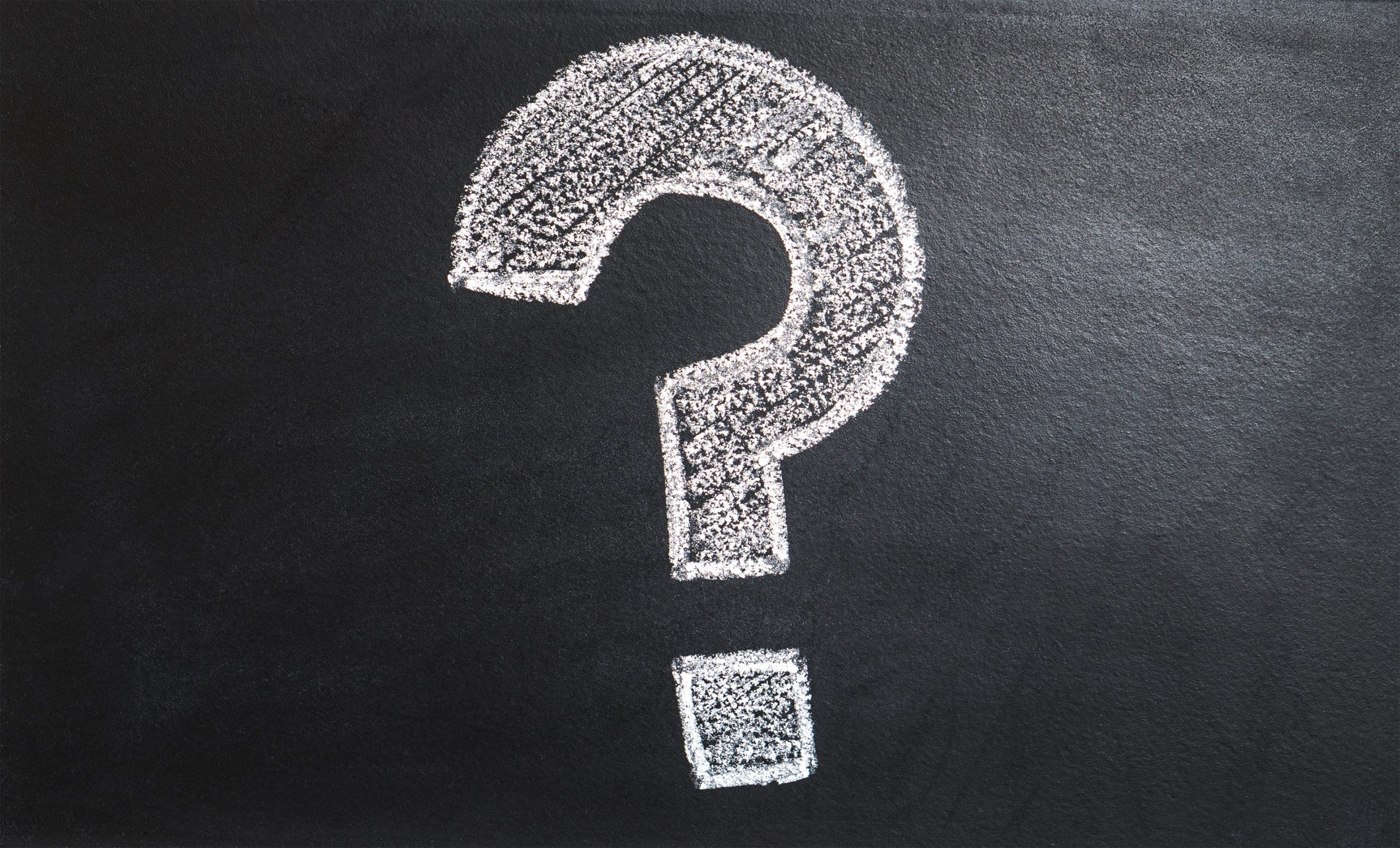Effective clutch control is essential to good driving. But when does clutch control become coasting?
To understand the best methods to avoid coasting you need to know when to use the clutch and the effect it has on the vehicle.
What Does The Clutch Do?

In its simplest terms the clutch connects the engine and the wheels. When the clutch is down there is no connection and therefore the engine cannot make the car move.
In order to change gears you need to temporarily disconnect the engine from the wheels, which is why the clutch has to be pressed down when doing a gear change.
What Gear Should I Use?

Choosing the correct gear for your speed and the situation is important in order to maintain good control of the car.
As a simple guide use low gears for low speed and higher gears for faster speeds.
1st gear is normally used for getting the car moving and when you need to travel no faster than around 5-10 mph. 2nd gear is mostly used to build speed or find your way carefully through tight spaces, where speeds of between 10-20 mph are needed. 3rd and 4th gears are generally used for town driving and you’ll need 5th or 6th for faster roads, dual-carriageways and motorways.
When you reduce the speed of the vehicle below the gear’s ‘idling speed’ you’ll need to depress the clutch and either choose a lower gear or, if you’re coming to a stop, keep it down fully until you’re stationary.
What Is Engine Braking?

Slowing the car down when approaching a junction is an essential part of the MSPSL routing (Mirror, Signal, Position, Speed, Look).
As a general rule you should use the footbrake to reduce the speed of your car, then select the gear which is appropriate for the new speed. This is important because other road users behind you will see your brake lights and know that you are slowing down.
However, for minor reductions of speed or to keep the car from picking up speed on a descent, engine braking is a useful tool.
Each gear will have a minimum and a maximum that it will be happy to travel within and this can help you to control the car’s speed.
For example, 3rd gear will normally be happy between around 20-30 mph. The car would falter if you reduced speed below 20 mph and the engine would rev loudly if you increased your speed much beyond 30 mph.
If you change down to a gear before reducing to within its ‘happy zone’, the gear will slow the car down when you bring the clutch up. This must be done gently to achieve a smooth transition when using engine braking.
A top driving tip when you’re travelling downhill in a 30 mph speed limit and don’t want the car to exceed this is to try selecting 3rd gear instead of 4th. This will prevent the car from gaining too much speed.
What Is Coasting?

Coasting is basically any time when the clutch pedal is down unnecessarily.
If you aren’t changing gear or using clutch control to manoeuvre the car at low speed, the clutch should always be engaged and the car ‘in gear’ when moving.
Coasting is a direct result of poor planning and is a lazy option to avoid having to think about the minimum speeds for your gears.
Drivers who plan properly will look well ahead and have plenty of time to reduce their speed with the footbrake, before selecting a new gear for the new speed.
So to avoid coasting always plan ahead, reduce your speed to the required level and THEN put the clutch down to change gear.
Understanding your gears and how to use the clutch properly will make your drive much smoother and prevent stalling.
You will need to master good clutch control to pass your driving test, so make sure you focus on getting this right.
